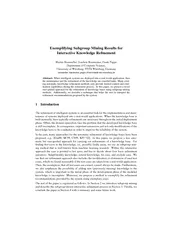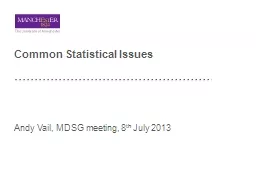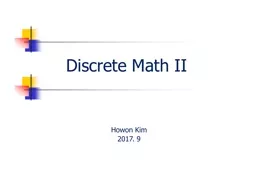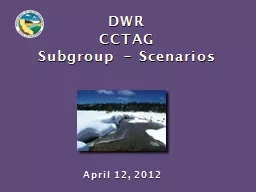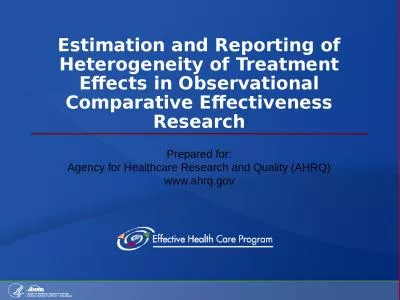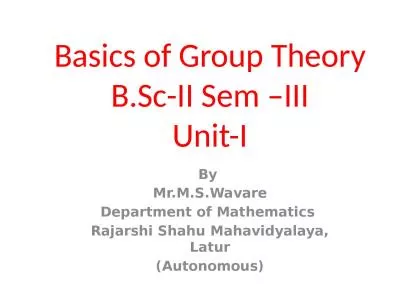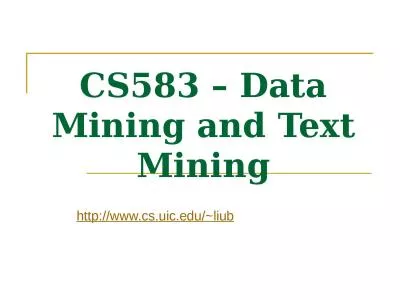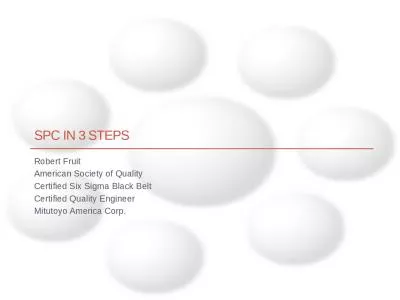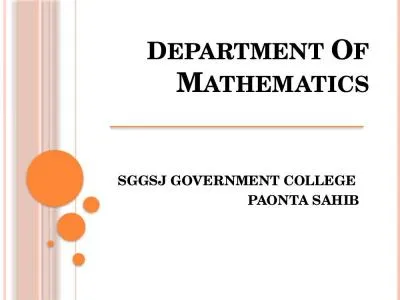PDF-Exemplifying Subgroup Mining Results for Interactive K
Author : briana-ranney | Published Date : 2015-06-14
uniwuerzburgde Abstract When intelligent systems are deployed into a realworld application then the maintenance and the re64257nement of the knowledge are essential
Presentation Embed Code
Download Presentation
Download Presentation The PPT/PDF document "Exemplifying Subgroup Mining Results for..." is the property of its rightful owner. Permission is granted to download and print the materials on this website for personal, non-commercial use only, and to display it on your personal computer provided you do not modify the materials and that you retain all copyright notices contained in the materials. By downloading content from our website, you accept the terms of this agreement.
Exemplifying Subgroup Mining Results for Interactive K: Transcript
Download Rules Of Document
"Exemplifying Subgroup Mining Results for Interactive K"The content belongs to its owner. You may download and print it for personal use, without modification, and keep all copyright notices. By downloading, you agree to these terms.
Related Documents

